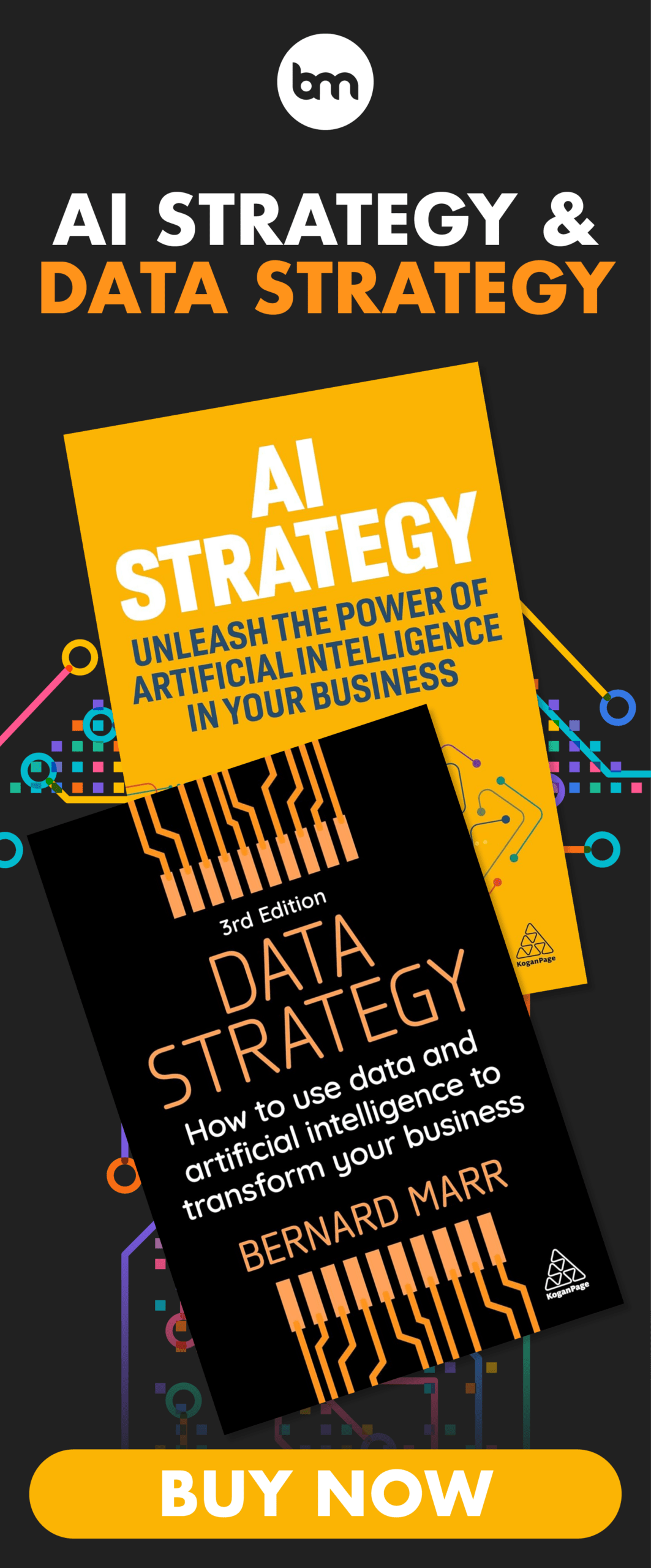What Is Big Data In 60 Seconds?
2 July 2021
The term “Big Data” may have been around for some time now, but there is still quite a lot of confusion about what it actually means. In truth, the concept is continually evolving and being reconsidered, as it remains the driving force behind many ongoing waves of digital transformation, including artificial intelligence, data science and the Internet of Things. But what exactly is Big Data and how is it changing our world?
How does Big Data work?
Big Data works on the principle that the more you know about anything or any situation, the more reliably you can gain new insights and make predictions about what will happen in the future. By comparing more data points, relationships begin to emerge that were previously hidden, and these relationships enable us to learn and make smarter decisions. Most commonly, this is done through a process that involves building models, based on the data we can collect, and then running simulations, tweaking the value of data points each time and monitoring how it impacts our results. This process is automated – today’s advanced analytics technology will run millions of these simulations, tweaking all the possible variables until it finds a pattern – or an insight – that helps solve the problem it is working on.
Until relatively recently, data was limited to spreadsheets or databases – and it was all very ordered and neat. Anything that wasn’t easily organised into rows and columns was simply too difficult to work with and was ignored. Now though, advances in storage and analytics mean that we can capture, store and work with many, many different types of data. As a result, “data” can now mean anything from databases to photos, videos, sound recordings, written text and sensor data.
To make sense of all of this messy data, Big Data projects often use cutting-edge analytics involving artificial intelligence and machine learning. By teaching computers to identify what this data represents– through image recognition or natural language processing, for example – they can learn to spot patterns much more quickly and reliably than humans.
If you would like to know more about , check out my articles on:
- The Important Difference Between Augmented Reality And Mixed Reality
- 5 Important Augmented And Virtual Reality Trends For 2019 Everyone Should Read
- 9 Powerful Real-World Applications Of Augmented Reality (AR) Today
Or browse the Augmented, Virtual & Mixed Reality to find the metrics that matter most to you.
Related Articles
The Incredible Tech That Stole The Show At Goodwood’s Future Lab
By now, “smart” versions exist of just about every home appliance, gadget and gizmos we can think of. However, manufacturers continue[...]
How Crime-As-A-Service Turned Hacking Into A Subscription Business
By now, “smart” versions exist of just about every home appliance, gadget and gizmos we can think of. However, manufacturers continue[...]
Mind-Blowing AI Statistics Everyone Must Know About Now In 2025
By now, “smart” versions exist of just about every home appliance, gadget and gizmos we can think of. However, manufacturers continue[...]
Will Quantum Computing Kill Bitcoin?
By now, “smart” versions exist of just about every home appliance, gadget and gizmos we can think of. However, manufacturers continue[...]
AI Agents Are Already Changing Everything And Here’s How You Can Try Them Today
By now, “smart” versions exist of just about every home appliance, gadget and gizmos we can think of. However, manufacturers continue[...]
Selling To Robots: The Marketing Revolution That Will Make Or Break Your Business
By now, “smart” versions exist of just about every home appliance, gadget and gizmos we can think of. However, manufacturers continue[...]
Sign up to Stay in Touch!
Bernard Marr is a world-renowned futurist, influencer and thought leader in the fields of business and technology, with a passion for using technology for the good of humanity.
He is a best-selling author of over 20 books, writes a regular column for Forbes and advises and coaches many of the world’s best-known organisations.
He has a combined following of 4 million people across his social media channels and newsletters and was ranked by LinkedIn as one of the top 5 business influencers in the world.
Bernard’s latest book is ‘Generative AI in Practice’.










Social Media